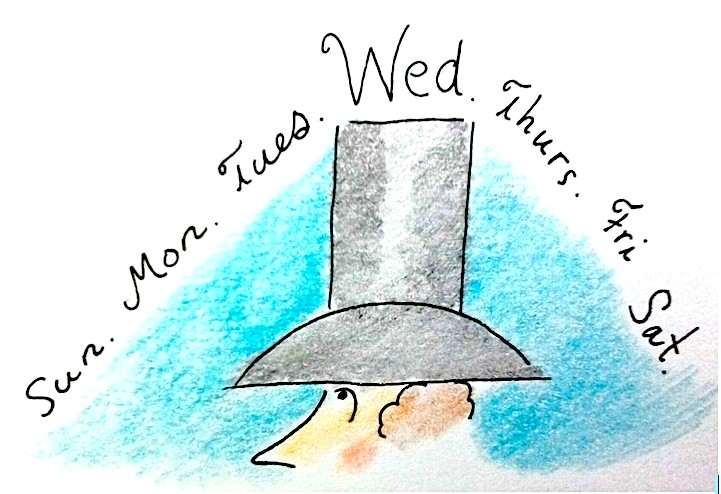Personal History…MAD
The upcoming MAD Magazine exhibit at The Norman Rockwell Museum in Stockbridge, Massachusetts has stirred up a lot of MAD memories — all good ones. When I first started to read, school books weren’t all that interesting to me– all the best stories, and all the best art was found in comic books and comic strips. Below is a photo of the store in my hometown where I first bought all my comic books (I was five years old when I first stepped inside the store). As you see, the store is empty — the bookstore was long gone when this photo was taken, and so was Victor, the old fella who ran it. Since this photo was taken, the store and many of the little shops around it have been razed).
The store (I called it “Victor’s” — I’ve no idea what it was really called) provided me with weekly doses of comic books. One day I looked beyond the piles of Batman and Superman comic books and saw piles of MAD magazines. I took a gamble and brought a few issues home. Hooked!
What each issue provided, beyond great entertainment, and a kick to the shins of the adult world, was variety. Variety of styles, of humor, of graphic art — all working under a single umbrella: the MAD Magazine ethos. I felt the same about The New Yorker when I finally got around to focusing on it.
So, how important was MAD magazine to this cartoonist? I see it as the essential bridge (for me) between comic books and The New Yorker.
 Not long ago I bought an anthology of Dave Berg’s work (Mr. Berg was one of MAD‘s gods). Although I didn’t realize it at the time I was reading MAD, his graphic depiction of “real life” was highly inspirational. The challenge for most New Yorker cartoonists is to distill a lot of information into a single panel (some, but not many, are multi-panelists). Berg told stories under the heading, “The Lighter Side Of…” — showing us a variety of situations related to a theme. In effect, they were a stream of single panel cartoons, not too unlike the cartoon spreads The New Yorker once published. Devouring Berg panels — taking in the idea that a panel could tell a story on its own — was, even though I didn’t know it at the time, higher education.
Not long ago I bought an anthology of Dave Berg’s work (Mr. Berg was one of MAD‘s gods). Although I didn’t realize it at the time I was reading MAD, his graphic depiction of “real life” was highly inspirational. The challenge for most New Yorker cartoonists is to distill a lot of information into a single panel (some, but not many, are multi-panelists). Berg told stories under the heading, “The Lighter Side Of…” — showing us a variety of situations related to a theme. In effect, they were a stream of single panel cartoons, not too unlike the cartoon spreads The New Yorker once published. Devouring Berg panels — taking in the idea that a panel could tell a story on its own — was, even though I didn’t know it at the time, higher education.
___________________________________________________________________________
More MAD reading: here’s a terrif piece by J.J. Sedelmaier, from PRINT, Oct. 23, 2013 “MAD (Magazine) Crazy”



